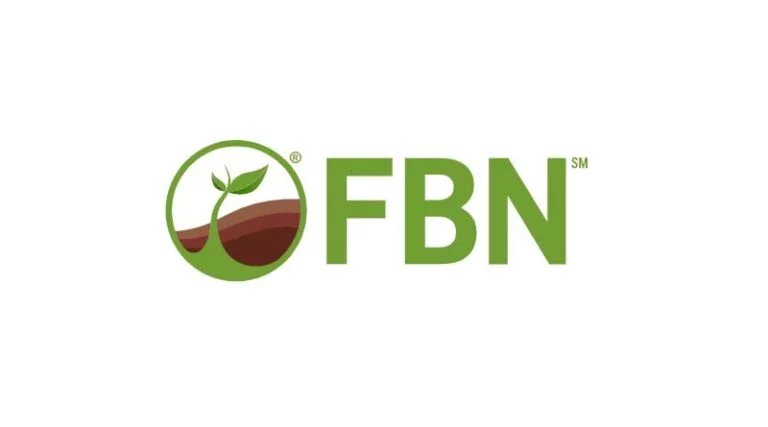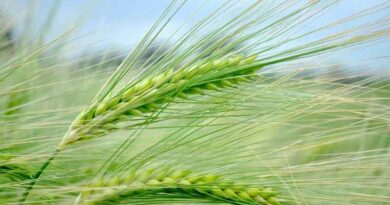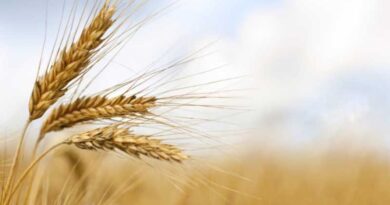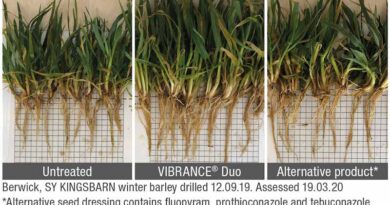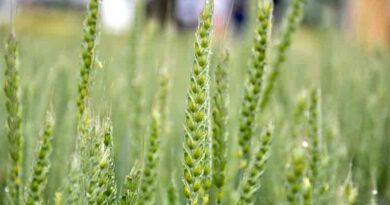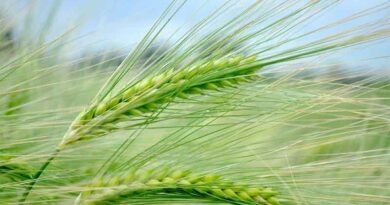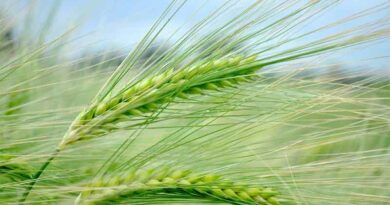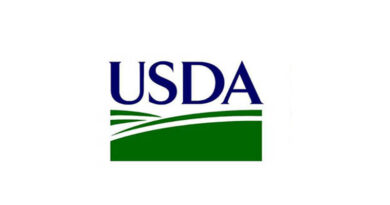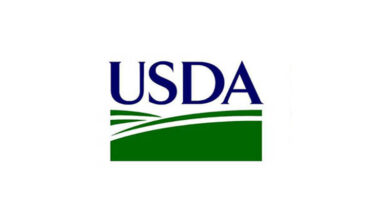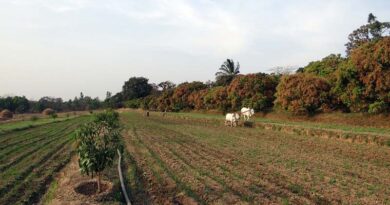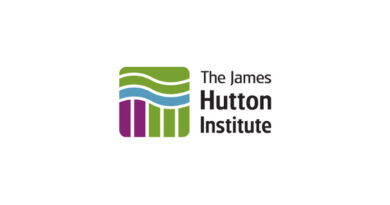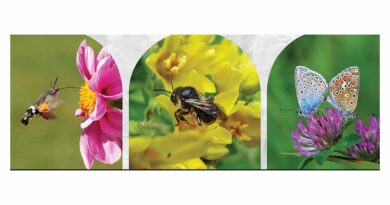3 Keys to Early Success for Winter Wheat
16 October 2023, US: While fall harvest marks the end of the season for many row crops, it’s just the beginning for winter wheat. Winter wheat’s length of exposure in the field — nine months, in many cases — makes early-season establishment vital to a successful crop.
U.S. farmers generally grow one of two classes of winter wheat:
- Hard red winter (HRW), which is grown from Texas to Montana
- Soft red winter (SRW), which thrives in areas of higher humidity throughout the East and Southeast
How to Promote Success for Early-Season Winter Wheat
Regardless of which class you’re growing, there are three key considerations to promote early-season success for winter wheat:
- Fertility
- Seed treatment
- Weed control
1. Fertility
Early season fertility is important for proper stand establishment. Taking a representative soil sample will provide the best roadmap when considering specific fertility needs. Based on your soil test results, you can determine if nitrogen (N), phosphorus (P) or liming applications are needed to support early-season fertility.
Nitrogen Applications
Nitrogen is essential to getting your wheat crop off to a good start. Due to the length of the growing season, you may want to consider doing a split N application instead of applying 100% upfront to minimize the likelihood of nitrogen losses. Split applications also allow you to time nitrogen availability when the crop needs it the most (the highest N uptake is between tillering and flowering stage).
Crop fertility needs are unique to your farm, but Kansas State University research suggests that nitrogen rates of 20-30 lbs can aid proper stand establishment and tillering in winter wheat.
Phosphorus Applications
There is a strong correlation between phosphorus levels and tillering in the fall. If your soil test results reveal low phosphorus levels, P applications — either as starter phosphorus with the seed or band-applied close to the seed — are important to consider as well. Phosphorus also aids in strong root development, which may in turn decrease winterkill.
When determining application rates, consult your local extension publications in conjunction with your soil test results.
Total N and P uptake in winter wheat is 1.9 lbs per bushel and .68 lbs per bushel, respectively.
Liming
Depending on your location, you may also contend with low or high soil pH levels. Phosphorus management is important with high soil pH (~7.5-8.5), as this can tie up P and limit its availability.
If soil pH levels fall to the 5.5-6.5 range, you may want to prioritize liming in the future. Low soil pH can be a concern, particularly early in the season when root systems are mostly near the surface where lower pH levels tend to exist.
Consult your soil test results to assess the risk of aluminum toxicity and whether or not pH adjustment is necessary. If you’re unable to apply lime prior to seeding, you can still manage either concern through variety selection or P application.
2. Seed Treatment
Seed treatment can safeguard against common threats. The fungicide portion of a seed treatment can be effective in protecting against seed- and soil-borne diseases, such as common bunt, loose smut, ergot and root and seedling diseases caused by Fusarium infection.
In addition to disease protection, some seed treatments also contain insecticides — including imidacloprid, thiamethoxam and clothianidin — that can help minimize the impact of pests such as wireworms and aphids.
You can utilize the University of Nebraska-Lincoln’s helpful table of common wheat seed treatments to compare active ingredients and modes of action when choosing fungicidal seed treatment. Be sure to invest in a treatment that will best protect your crop against threatening diseases and insects specific to your region.
3. Weed Management
Managing weeds and starting with a weed-free seed bed will set the stage for a healthy winter wheat crop. Consider utilizing tillage practices or a burndown herbicide application to establish a clean seed bed prior to planting.
By scouting early and often, you can identify weed pressure and determine what herbicide program best fits your crop’s needs. Be on the lookout for winter annual broad leaves such as henbit, tansy mustard, field pennycress and shepherds-purse, as well as winter annual grasses like downy brome, feral rye and jointed goatgrass.
Fall is also the best time gain control of marestail. Sulfonylurea, dicamba and 2,4-D herbicides labeled for use in wheat are excellent options to consider for control of winter annuals.
Herbicides from FBN Direct®
Double down on savings and convenience when you shop for crop protection products and other essential ag inputs on FBN Direct. Using FBN®’s convenient online store, simply search for the herbicides or other products you need and immediately see product availability, pricing, labels and other details. Plus, you’ll get direct-to-farm delivery in three days or less. Click here to see what’s available on FBN Direct.
Also Read: International Tractors Limited (ITL) launched 5 new tractor series under the brand Solis
(For Latest Agriculture News & Updates, follow Krishak Jagat on Google News)

